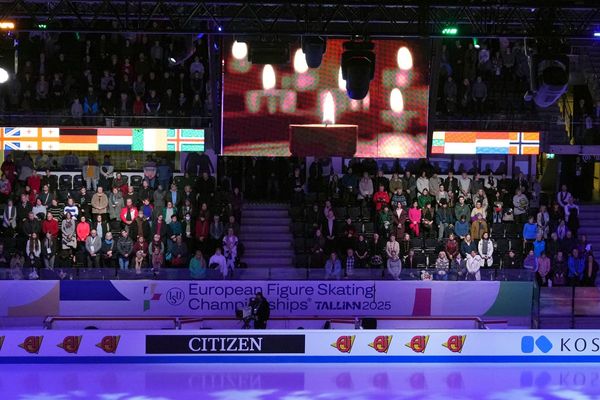
How does a tiny tech start-up working on human augmentation to help surgeons wind up selling hundreds of exoskeletons to industrial companies? For Levitate Technologies, it was something of an accident. They went from working to develop a quiet surgeon’s assist device outfit a few years ago to being a major industrial supplier today. They fully commercialized only just last year, yet they already boast of almost 100 customers across the world.
It all started with some worries about surgical doctors. One of the company’s two founders, Mark Doyle, Levitate’s CEO & President, is an engineer and inventor who’d seen surgeons suffering extreme fatigue from standing and reaching over patients all day long. So he began working on a device to assist with the activities that were so difficult and tiring for those hard-working doctors. That was the genesis of the Airframe exoskeleton.
Doyle and his partner, Joseph Zawaideh, Levitate’s VP of Marketing and Business Development, intended to play their product development work close to the vest. “We wanted to work behind the scenes as much as possible, until we were ready to commercialize,” Zawaideh explained. “We just had a static explanation of our work posted on a website.”

But then somebody with vision at BMW in Munich, Germany saw the product idea online and notified their assembly plant in Greer, South Carolina. “They came and tried one out, and they found it to be the best and most breathable exoskeleton out there,” said Zawaideh. It took off from there. BMW jumped right on board, and John Deere and others offered orders for when the development work was completed. “We fully commercialized our product and scaled our manufacturing at the same time,” Zawaideh said. “Now if we get an order for 75 in the morning, we can ship that afternoon.”
Toyota’s manufacturing plant in Princeton, Indiana, owns over 200 of the exoskeletons. “Toyota mandates them now – they’re the first ones to classify them as required PPE [personal protective equipment],” said Zawaideh.

What is it that makes them so popular? They provide substantial help for jobs involving reaching, particularly overhead reaching. “If you had to change 20 light bulbs in a row, you’d be tired after eight,” Zawaideh explained. “Now imagine someone gives you a nudge to help, gently holding you up at the elbows, to help with the rest of the bulbs. Then when you lower your arm, that person gets out of the way. That’s what our exoskeletons do. And they transfer the force to the hips, saving effort not just in the arms, but in the lower back as well.” The exoskeleton is lightweight, breathable, and easy to put on and take off.
The advantages for assembly line workers, particularly in automotive, aerospace, and heavy equipment, are obvious. “We’ve only just scratched the surface in those industries,” said Zawaideh. “Those opportunities will keep us busy for years.” But he sees nearly endless additional applications: in pharmaceutical manufacturing for workers who manually sanitize clean room ceilings, and pipetters who spend all day reaching inside lab hoods; in biotechnology; in construction, particularly for repetitive tasks such as fire system sprinkler head installation; and in the original target, the medical industry – not just for surgeons, but for dentists, dental technicians, optometrists, and so on.

There may even be an application for your everyday Joe (or Jane), for jobs around the house. “We envision that you buy one at Home Depot one day,” Zawaideh said.
There are some challenges beyond the crazy business scale-up of the past couple years. “We’re a new application, so we have to train people how to use them,” said Zawaideh. “Storage is a challenge, too – if you’ve got hundreds of exoskeletons per line, each assigned to a single user, that means a lot of locker space.”
There’s also the need for additional science behind those various potential applications. The results of studies so far have been extremely promising. “Toyota placed sensors on the arms, shoulder, and lower back of workers with and without the Levitate exoskeleton, and collected over one billion data points,” Zawaideh said. “They found a 20% average reduction in muscle load – that’s what led them to classify ours as PPE.”
Zawaideh, though, is happy with what they’ve done so far. “We developed the very first practical upper body exoskeleton,” he said. “It’s light enough and breathable enough for people who work hard. It moves with the person’s natural motions, so it help without being in the way. And it relieves back and shoulder strain.”
The real satisfaction he finds is from the people Levitate has already helped. “We’ve been exposed to the workers themselves, over 1,000 of them,” Zawaideh said. “The ones who’ve been working overhead – they gave us the real ‘aha’ moment. I talked to one lady who did that kind of work herself, who said, ‘I’m tired of people post-company-life who are too broken to play with their grandkids.’”







